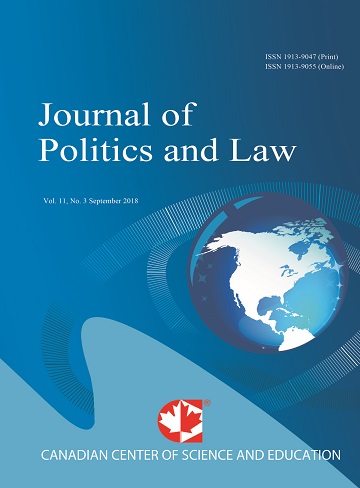European Union´s Institutional Reform Options and Their Impact to a Small Member State: The Case of Estonia
- Viljar Veebel
Abstract
Complications with decisive decision-making and policy implementation during the European financial crisis have initiated the debate on necessity of the European institutional and legal reforms in upcoming years to avoid similar complications in the future. The list of problems to be fixed is long: the lack of transparency in terms of member states’ joint obligations, insufficient scrutiny, an absence of clear norms and convincing sanctions, and the inability of the central institutions to regain control over member state violations of the Eurozone criteria are some examples of problems to be solved with planned reforms. The visions of solutions are also different, varying from the federal union, to the “stakeholders” union inspired by the IMF model, but also a simplification and reparation of the current community model is seen as one possible option. Which would be the legal, institutional and fiscal effects of planned institutional reforms and how they influence existing decision-making logic and balance from the perspective of small member states are the main research questions of this article.- Full Text:
 PDF
PDF
- DOI:10.5539/jpl.v7n3p47
Journal Metrics
h-index (2017): 14
i10-index (2017): 39
h5-index (2017): 9
h5-median (2017): 11
Index
- Academic Journals Database
- ACNP
- ANVUR (Italian National Agency for the Evaluation of Universities and Research Institutes)
- Berkeley Library
- CNKI Scholar
- COPAC
- CrossRef
- DTU Library
- EBSCOhost
- Elektronische Zeitschriftenbibliothek (EZB)
- EuroPub Database
- Excellence in Research for Australia (ERA)
- Genamics JournalSeek
- GETIT@YALE (Yale University Library)
- Ghent University Library
- Google Scholar
- Harvard Library
- HeinOnline
- INDEX ISLAMICUS
- Infotrieve
- Jisc Library Hub Discover
- JournalGuide
- JournalTOCs
- LOCKSS
- MIAR
- Mir@bel
- NewJour
- Norwegian Centre for Research Data (NSD)
- Open J-Gate
- PKP Open Archives Harvester
- Publons
- Pubmed journal list
- RePEc
- ROAD
- Scilit
- SHERPA/RoMEO
- Standard Periodical Directory
- Stanford Libraries
- UCR Library
- Ulrich's
- UniCat
- Universe Digital Library
- UoS Library
- WorldCat
- Zeitschriften Daten Bank (ZDB)
Contact
- William TaiEditorial Assistant
- jpl@ccsenet.org
